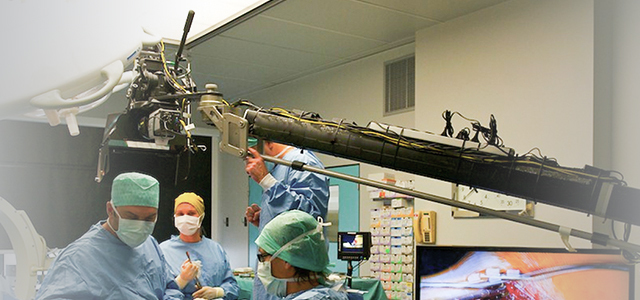What is the experience of being "awakened" during craniotomy surgery?
For ordinary people, lying on the operating table for craniotomy surgery is already a very difficult decision. Patient Mr. Li needs a lot of courage to wake up during the general anesthesia surgery and count according to instructions
A cold, the young man accidentally discovered a tumor in the brain’s functional area
"I didn’t expect to be able to detect tumors because of a cold!" Mr. Li, a young man living in Pujiang, went to the local hospital for examination a year ago due to a cold, dizziness, and bloating. An MRI scan of the head revealed abnormal signal lesions in the skull. "At that time, apart from dizziness, there was no other discomfort. The doctor suggested that I observe first and then go for a follow-up examination at regular intervals."
In May of this year, the re examination results showed that the abnormal shadow area of Xiaoli’s skull was slowly increasing. The worried Xiao Li family quickly brought the examination results to the Neurosurgery Department of the Fourth Hospital of Zhejiang University for treatment.
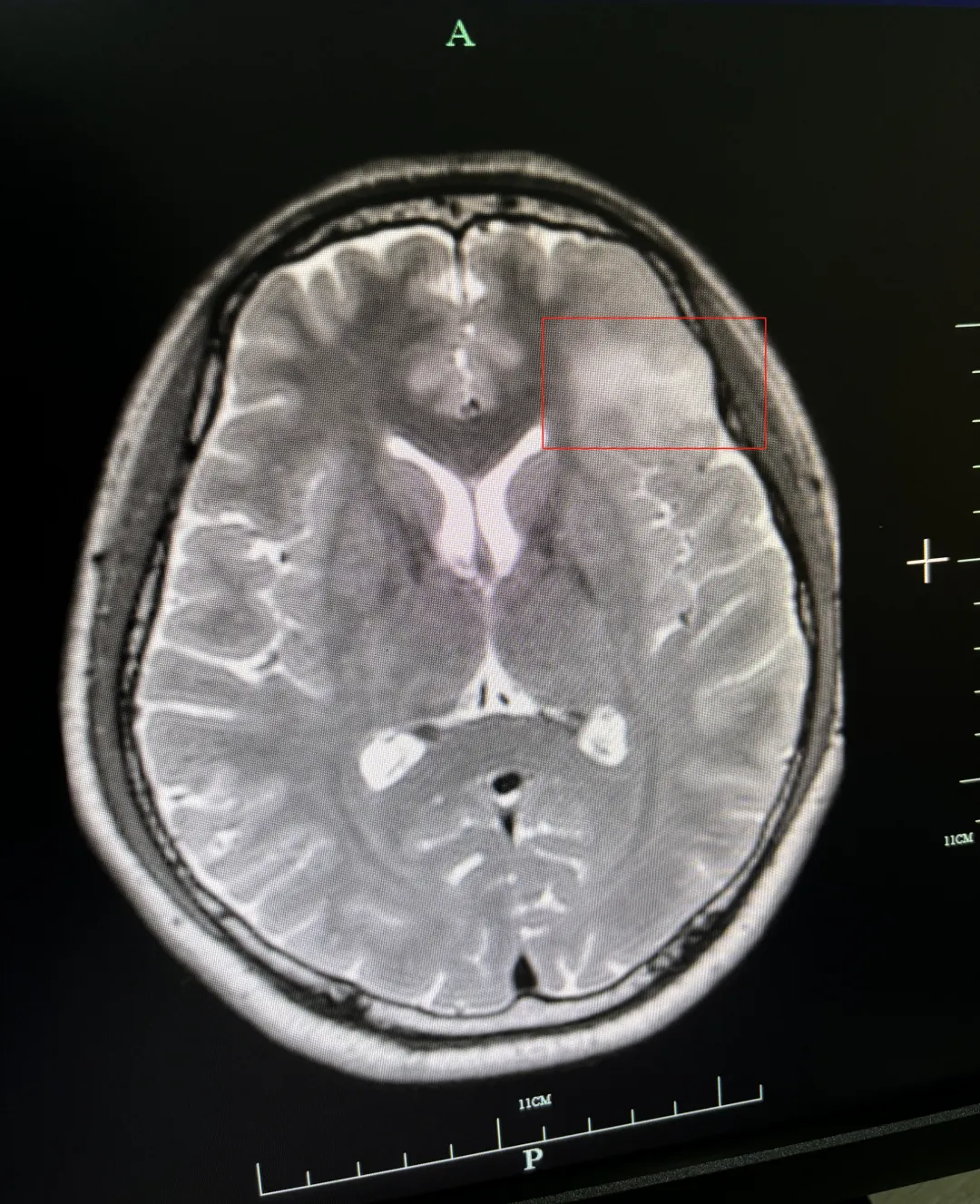
Left frontal lobe mass, considered as glioblastoma
The examination suggests that the tumor is located in the dominant hemisphere of the brain - the left hemisphere, which controls the language function of the manager. "Due to the tumor being located close to the motor language function area, excessive resection may lead to postoperative speech disorders, while too little resection may lead to residual tumor recurrence," said Mo Jun, Deputy Chief Physician of the Neurosurgery Department at the Fourth Hospital of Zhejiang University.
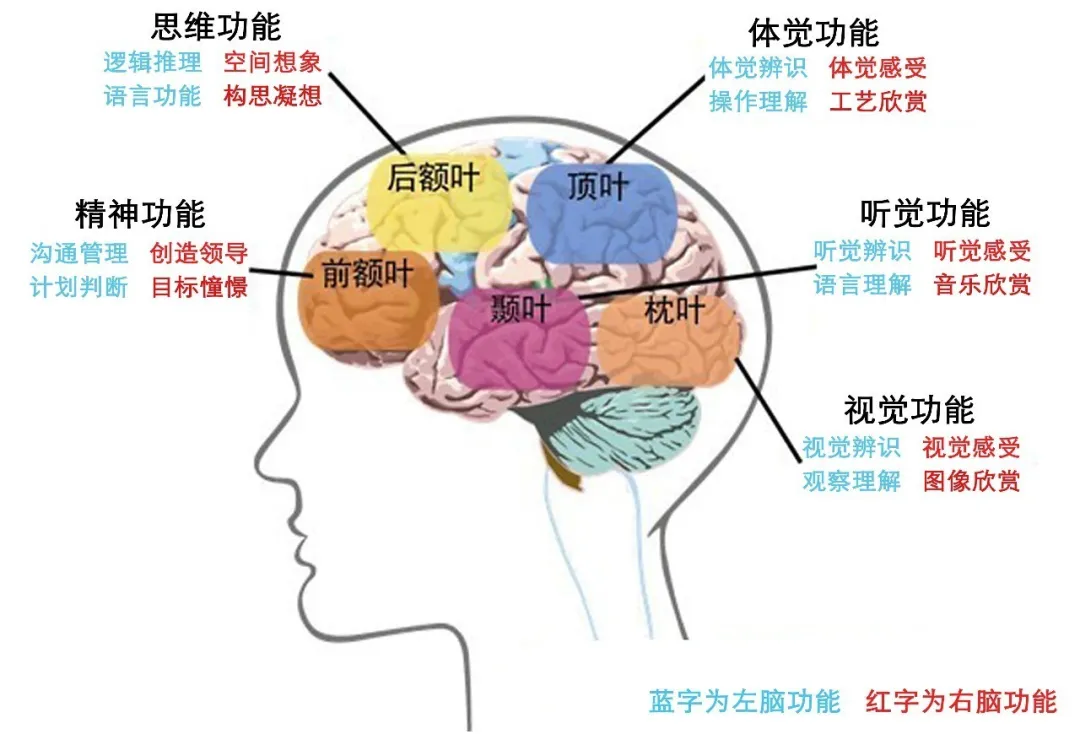
After thorough preoperative discussion, the neurosurgery team believes that surgery should not only protect the patient’s language function, but also remove the tumor to the maximum extent possible. Only in conjunction with the anesthesia department can intraoperative awakening surgery be performed. While cutting the tumor, instruct the patient to follow instructions and express themselves verbally to protect important brain and nervous functions.
Strong alliance, successful implementation of intraoperative awakening by the Fourth Hospital of Zhejiang University
The neurosurgery department, together with the anesthesia department and operating room team, determined the conscious anesthesia surgical plan through preoperative discussions.
From the steps of awakening, the surgical process to possible discomfort during the operation, the surgical anesthesia team’s handling plan, and concerns about pain during the awakening process, the surgical anesthesia team provided detailed answers one by one, completely dispelling Xiao Li’s concerns and willing to cooperate with the doctor to undergo the surgery in a clear awake state.
8: The anesthesia officially began, and Dr. Zhang Cao and Dr. Zhang Shihao jointly completed general anesthesia and nerve block anesthesia. The patient’s vital signs were very stable. When the surgeon opens the skull, anesthesia enters the most critical awakening stage.
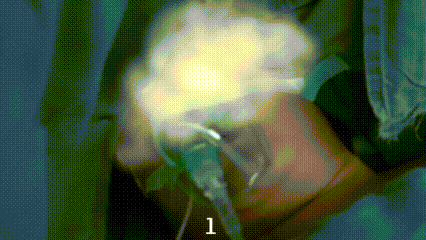
According to the checklist, the doctor checked Xiao Li’s condition item by item. After making all necessary preparations, stop using general anesthesia drugs. After more than 10 minutes, resume spontaneous breathing and remove the laryngeal mask. After 20 minutes, Xiao Li opens his eyes and wakes up. Under the guidance of Director Xu Jianhong, he starts counting from 1-10.

At the same time, Dr. Mo Jun and Dr. Xu Dan used electrical stimulation to stimulate the cerebral cortex while communicating with the patient to determine the tumor and functional area markers. Finally, Director Zhang Jianmin completely removed the tumor.
Complete cerebral cortex mapping in half an hour. The anesthesiologist once again induces the patient to enter a general anesthesia state with general anesthesia drugs and completes laryngeal mask intubation.
14: The 55 surgery ended smoothly, and Xiao Li woke up from general anesthesia again. The tumor was completely removed, and his language function was not affected. The surgery was successful!
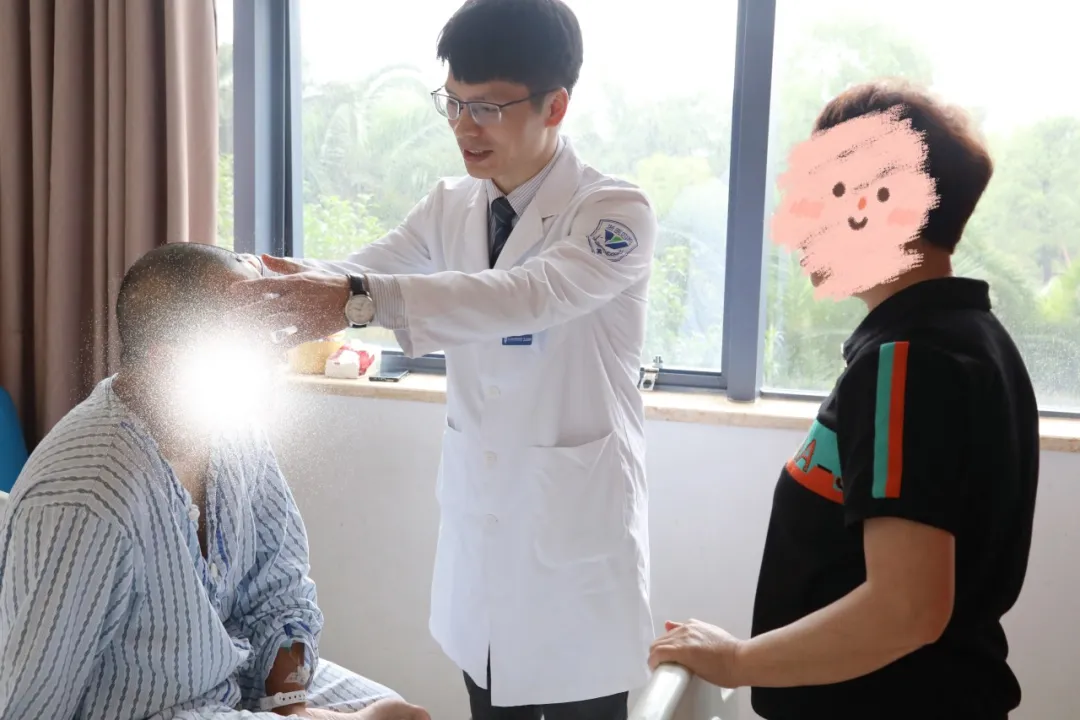
The patient was satisfied with tumor resection and had normal language communication
This sober craniotomy method not only improves the accuracy of the surgery, but also greatly reduces the risk of postoperative neurological dysfunction, especially for the surgery of lesions near the functional area of the brain.
What is intraoperative awakening? Will awakening during surgery feel pain?
Intraoperative wake-up, in short, refers to awakening the patient at a critical location during surgery, identifying brain functional areas through communication with the patient, defining the extent of lesion resection, and maximizing the removal of brain lesions while protecting brain function, reducing disability rates and improving the patient’s quality of life.
As a new technique, intraoperative arousal can effectively avoid the risk of complications such as hemiplegia and aphasia caused by traditional craniotomy. It has been widely used in lesion resection surgeries for brain tumors, epilepsy, arteriovenous malformations, and other conditions.
Will awakening during surgery feel pain? This is a question that many people are particularly curious about. Regarding this, Director Xu Jianhong of the Anesthesiology Department stated:
"In neurosurgical anesthesia, anesthesiologists generally use a combination of intravenous and inhalation anesthesia to achieve various anesthesia effects such as pain relief, sedation, hypnosis, and muscle relaxation. When awakened during surgery, sedative and hypnotic drugs are discontinued to help patients regain consciousness, while the analgesic effects of preoperative nerve block and scalp local block continue to exist."
Due to the absence of painful nerves in the brain, the patient is conscious during surgery but does not experience any pain. "Modern anesthesia technology can effectively ensure that patients have no memory of the surgical process and avoid causing mental burden on patients."
This surgical breakthrough will provide more choices and guarantees for patients with lesions near the functional area of the brain. The neurosurgery and anesthesia teams at the Fourth Hospital of Zhejiang University look forward to providing safer and more effective treatment plans for patients through this new surgical method.
This article is reprinted from "Dingxiangyuan"
Surgerycast
Shanghai Headquarter
Address: Room 201, 2121 Hongmei South Road, Minhang District, Shanghai
Tel: 400-888-5088
Email: surgerycast@qtct.com.cn
Beijing Office
Address: room 709, No.8, Qihang international phase III, No.16, Chenguang East Road, Fangshan District, Beijing
Tel: 13331082638( Liu )
Guangzhou Office
Address: No. 15, Longrui street, longguicheng, Taihe Town, Baiyun District, Guangzhou
Tel: 13302302667 ( Ding )





